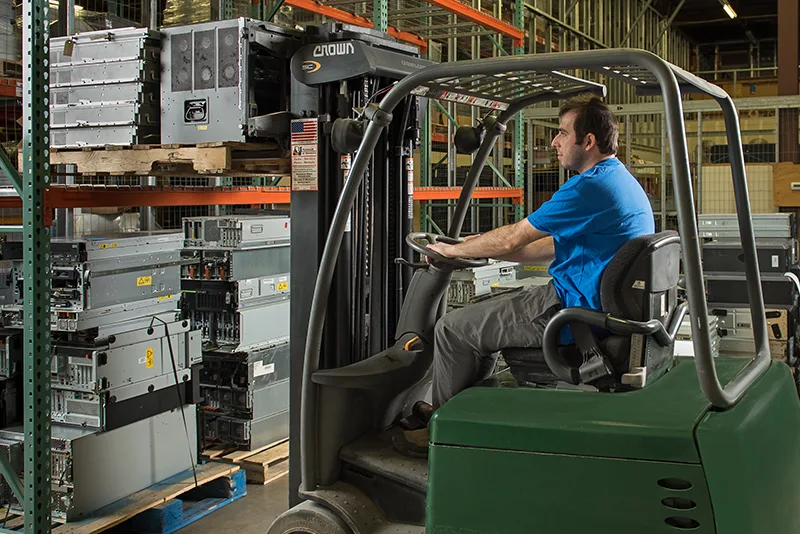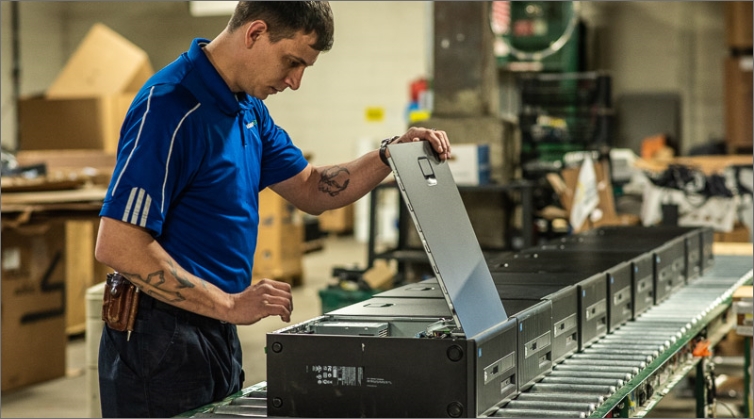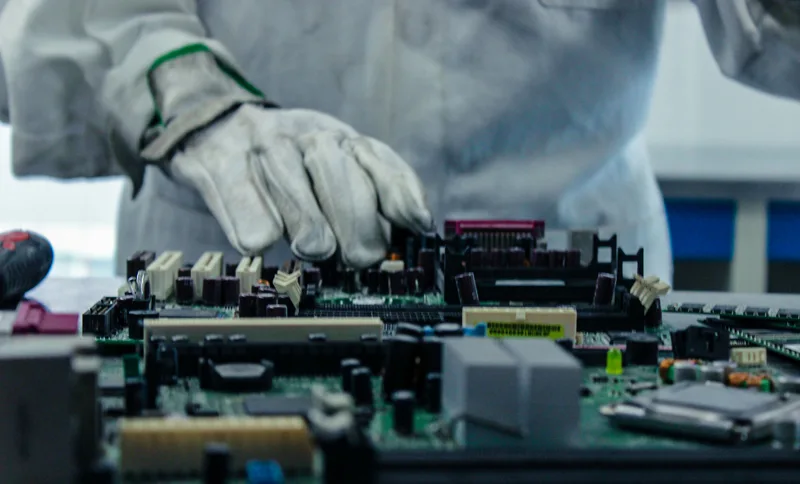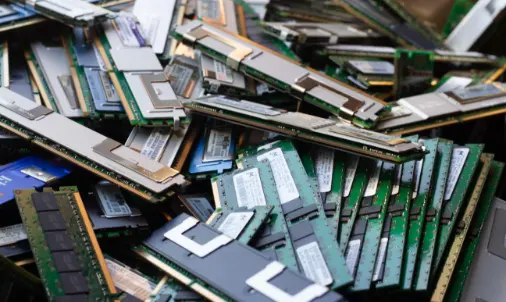
IT Asset Management & Why It’s Important
IT asset recycling needs to be properly understood in order to make it easier to introduce to your organization as a “best practice.” IT asset management can be one of the most important parts of an organization’s overall strategy and provides up-to-date information to reduce risks and costs. Rest assured that by applying the principles of IT asset management and focusing on the beneficial role of recycling in this process, your equipment will never end up in a landfill or incinerated. In addition, you’ll receive the maximum return on your investment from retired assets that still hold value. Choosing the right IT Asset Disposition (ITAD) provider for this job will not only ensure that you are environmentally friendly, but can also add to your company’s bottom line.
Is their value remaining in your IT investments?
IT asset recycling is a structured approach in which IT assets are procured, deployed, transported, managed, and tracked down as part of an organized process. The reasons for it are many, but the most important one includes the desire to avoid having poor asset management practices hurt your bottom line. If you can reuse an asset, why would you want to destroy it. Just because you want the latest and greatest version of a laptop doesn’t mean your laptop isn’t of any use to someone else.
Instead, you can profit from recycling your IT assets. A portion of what you invested in these assets can be recovered by implementing a fully trackable, secure, accountable, and fully compliant process. In addition, the better organized this process is, the larger the percentage of the initial investment that can be recovered.
One of the key prerequisites for doing this is finding the right partner/service provider in this process. Thus, it’s best to start out by having a clear picture of what the IT asset recycling process actually involves.
What does the IT recycling process entail?

Asset collection is the first step in the IT asset recycling process. It consists of the physical collection of IT devices at designated checkpoints for this purpose, or as part of a dedicated recycling program. These are the places at which your retired IT assets will be separated in bulk by their type so as to streamline the entire recycling process.

Asset storage is the second step and is essential for the security segment of the process. The way data is stored plays a major role in how easy it is to control access, use and protect.

Asset sorting involves the separation of individual physical and mechanical components from various devices and systems. Some assets may be shredded into tiny pieces to support easier sorting of ensuing material.

Separation of assets involves more specialized processes such as mechanical, magnetic, and water separation.

Asset Recovery. Once the IT assets undergo all of the above stages, the resulting electronic waste is sent to the recycling facilities at which time valuable resources such as precious metals will be extracted from the assets.
IT assets have a finite period of use. To maximize the value an organization can generate from them, the IT asset life cycle should be proactively managed. Each organization may define unique stages of that life cycle, but they generally include planning, procurement, deployment, maintenance, and retirement. An important part of IT asset management is applying processes across all life cycle stages to understand the total cost of ownership and optimize the use of assets.


